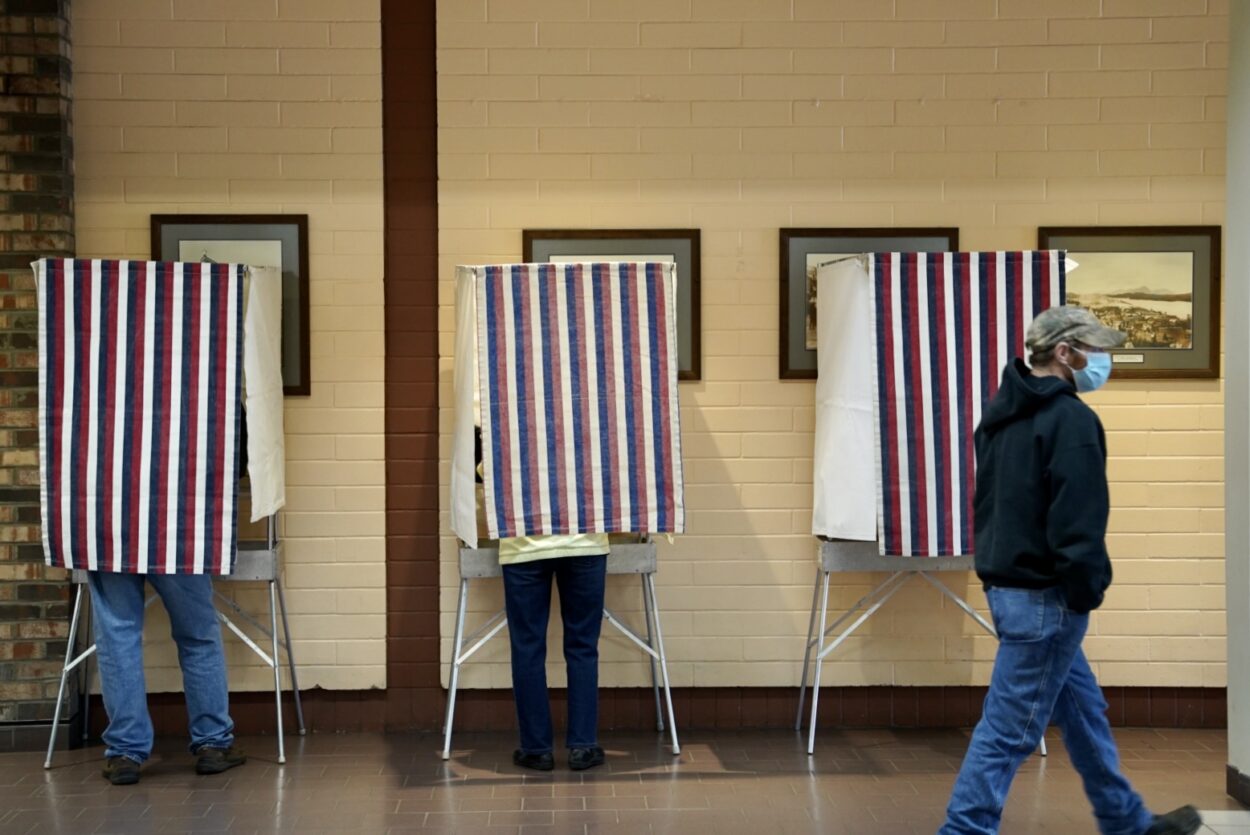
Voting for this year’s midterm elections started Monday at city halls, community centers, churches and election offices all over Alaska.
Voters will rank their favorite candidates for governor, U.S. House and Senate, and state House and Senate. They’ll also vote on a once-a-decade question about whether to hold a constitutional convention, plus whether judges on state courts should continue to hold their jobs.
[WATCH: Alaska ranked choice voting, explained]
Registered voters must bring some form of ID to the polls. That can be a driver’s license, state ID card, passport, birth certificate, military ID or a hunting or fishing license. Alternatively, voters can provide a utility bill, bank statement, paycheck or a government document with their name and current address.
In most communities, early voting is known as “absentee-in-person” voting.
In Ketchikan, early voting is available at the Gateway Recreation Center from 8 a.m. to 5 p.m. Monday through Friday.
In Metlakatla, early voting takes place at the Metlaktla Secretary’s office Monday through Friday from 10 a.m. to 2 p.m.
In Craig and Klawock, early voting is open 8 a.m. to 5 p.m. Monday through Friday at their respective city halls.
Thorne Bay voters can cast early ballots at Thorne Bay City Hall from 9 a.m. to 4 p.m. Monday through Thursday, or 9 a.m. to noon on Fridays.
And in Hydaburg, early voting is available at City Hall Monday through Friday from 9 a.m. to 4:30 p.m.
Early and absentee-in-person voting locations are listed online at elections.alaska.gov.
Any Alaskan can vote by mail. Voters can apply for a mail-in ballot at AbsenteeBallotApplication.alaska.gov through Saturday, Oct. 29. Absentee ballots must be postmarked by Nov. 8.
The last day to vote is Election Day, Nov. 8. Polls all over the state will be open from 7 a.m. to 8 p.m. Employers are required by law to give employees time off to vote.
For more information on the candidates, check out a tool to compare the candidates created by KTOO, Alaska Public Media, the Anchorage Daily News and the Alaska Beacon.
There’s even more information in the state’s official election pamphlet, including statements from candidates and instructions on how to vote. It’s available in English, Tagalog, Gwich’in, Yup’ik, Cup’ik and Cup’ig. The booklets are divided into five regions. Southeast Alaska is part of Region I.





